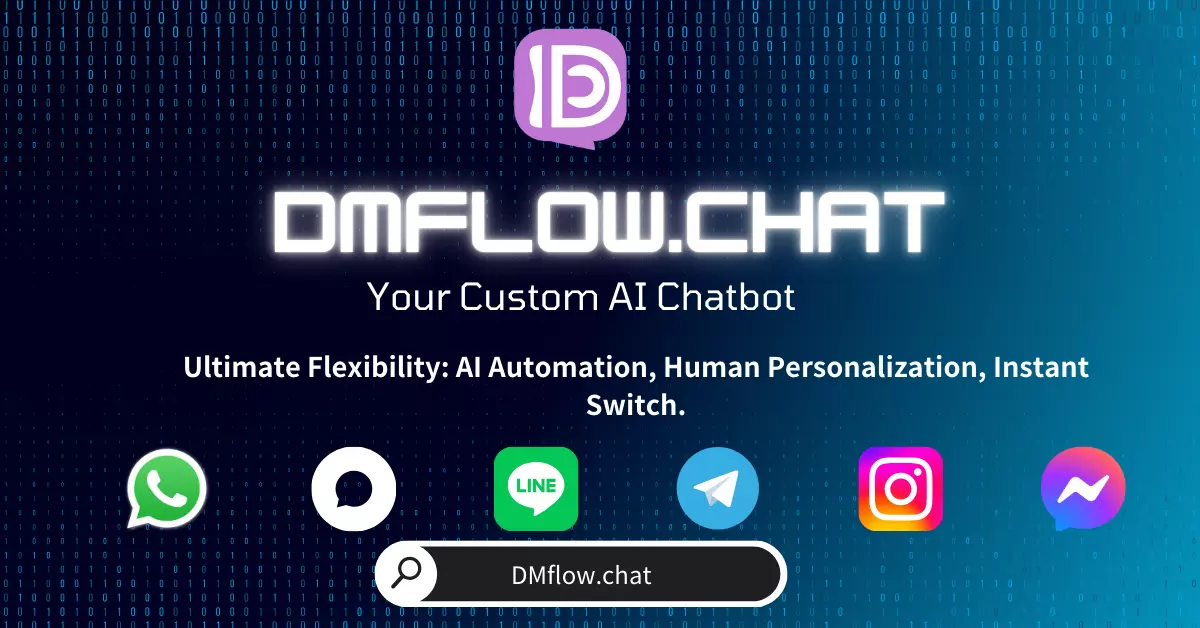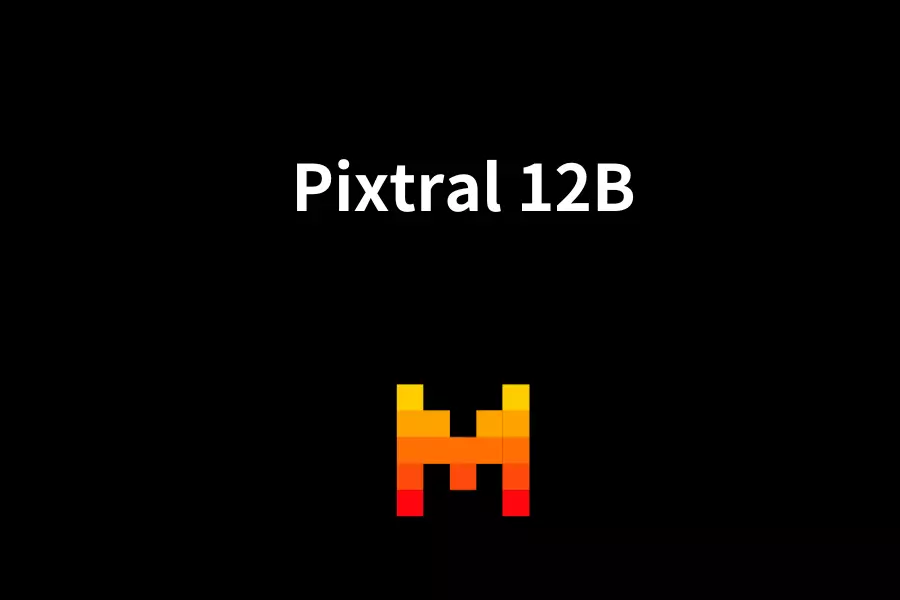
DMflow.chat
ad
DMflow.chat: Intelligent integration that drives innovation. With persistent memory, customizable fields, seamless database and form connectivity, plus API data export, experience unparalleled flexibility and efficiency.
Tired of AI tools working in silos? Google has teamed up with over 50 major tech companies to launch the open-source Agent2Agent (A2A) protocol. The goal? To enable smooth communication and collaboration between different AI agents, revolutionizing enterprise automation and unlocking unprecedented productivity.
AI agents have been gaining serious momentum in recent years. Think about it—how many repetitive or complex tasks could be automated by AI? From ordering your next laptop and assisting with customer support to planning intricate supply chains, AI agents act like super-powered assistants with limitless potential.
Many companies have caught on and started building and deploying their own AI agents to boost efficiency and automate workflows. Sounds great, right?
But here’s the catch: these AI agents often seem to live in their own little worlds. An AI from Company A can’t “speak” to one from Company B. Even within the same company, AI agents in different departments or systems often can’t collaborate effectively. It’s like having a team of genius specialists, each locked in their own room—what a waste of potential!
To solve this “AI social barrier,” Google made a major announcement: a brand-new open-source protocol called Agent2Agent (A2A).
And this isn’t a solo show—Google has partnered with over 50 major players in tech and services, including Atlassian, Box, Cohere, Salesforce, SAP, and ServiceNow, as well as top consulting firms like Accenture, Deloitte, KPMG, and PwC, to drive this initiative forward.
Put simply, A2A is about creating a common language and set of rules so AI agents developed by different vendors or on different platforms can communicate, share information securely, and coordinate actions.
Imagine your AI assistant talking to your company’s procurement system’s AI to automatically place orders. Or your customer service AI teaming up with your tech support AI to resolve issues faster. That’s the vision of A2A—unifying AI agents to multiply their impact.
This could not only drastically increase AI autonomy and productivity but also reduce operational costs in the long run. A big win for any business using AI.
You might wonder—aren’t there already other AI protocols out there? Yes! For example, Anthropic’s Model Content Protocol (MCP) provides useful tools and context for AI models. A2A, however, is more of a complement—focusing on collaboration.
Google designed A2A based on their experience with large-scale multi-agent systems and worked closely with partners to define five key principles:
These principles ensure A2A is not just another spec—it’s a real solution to AI collaboration challenges.
It all sounds powerful—but how do two AI agents actually communicate using A2A?
There are two key roles: a “Client Agent” and a “Remote Agent.”
Their interaction relies on several key capabilities:
Want to dive deeper into the technical specs? Check out Google’s specification draft.
Theory is great, but let’s make it concrete with a real use case—hiring software engineers.
Imagine you’re a hiring manager using a platform that integrates multiple AI agents (like Google’s mentioned “Agentspace”).
See the magic? Tedious tasks across multiple systems become seamless, automated collaborations among AI agents. And this is just the tip of the iceberg. Imagine the impact in supply chain, customer service, finance, and beyond!
A2A holds massive potential to kickstart a new era of AI agent interoperability—fostering innovation and enabling more powerful AI systems. Google and its partners see this protocol as paving the way for the future—a future where AI agents seamlessly collaborate to solve complex problems and enhance our lives.
Best of all, it’s an open-source project. Google has committed to building the protocol transparently with its partners and the broader community, offering clear paths for contributions.
A production-ready version is expected later this year.
The industry response to A2A has been enthusiastic. From Atlassian and Box to Salesforce, SAP, and ServiceNow—and consulting giants like Accenture and Deloitte—partners are placing high hopes on this protocol.
Key takeaways include:
(Individual quotes from partners are omitted here, but the overall sentiment is highly positive. For more, see Announcing the Agent2Agent Protocol (A2A).)
Google’s A2A protocol is more than just a technical spec—it’s a declaration that the era of isolated AI agents is ending. A new era of interconnected, collaborative AI is dawning.
Though still in its early stages, this open standard—driven by industry leaders—injects fresh momentum into the evolution of AI. In the near future, we can expect AI agents to “team up” more intelligently and effectively, solving complex problems and delivering unprecedented convenience and efficiency.

DMflow.chat: Intelligent integration that drives innovation. With persistent memory, customizable fields, seamless database and form connectivity, plus API data export, experience unparalleled flexibility and efficiency.
7-Day Limited Offer! Windsurf AI Launches Free Unlimited GPT-4.1 Trial — Experience Top-Tier AI N...
Eavesdropping on Dolphins? Google’s AI Tool DolphinGemma Unlocks Secrets of Marine Communication ...
WordPress Goes All-In! Build Your Website with a Single Sentence? Say Goodbye to Website Woes wit...
Llama 4 Leaked Training? Meta Exec Denies Cheating Allegations, Exposes the Grey Zone of AI Model...
Meta Drops a Bombshell! Open-Source Llama 4 Multimodal AI Arrives, Poised to Challenge GPT-4 with...
Google Gemini 2.5 Pro API Pricing Announced: Devs Buzzing, Usage Surges 80% Google has offici...
Say Goodbye to Bug-Fixing Nightmares? ByteDance Launches Multi-SWE-bench—A New Milestone in AI-Po...

Mistral Releases Pixtral 12B: Breakthrough Multimodal AI Model for Text and Image Processing Fren...
Free Your Hands! A Deep Dive into the Power of N8N Automation: Features, Use Cases, and Limitless...
By continuing to use this website, you agree to the use of cookies according to our privacy policy.